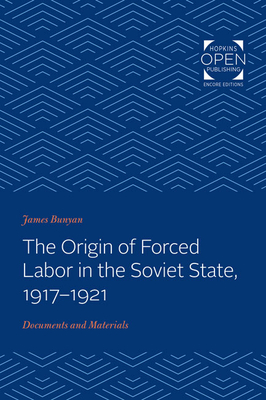Expedite your nonfiction book discovery process with Readara interviews, summaries and recommendations, Broaden your knowledge and gain insights from leading experts and scholars
In-depth, hour-long interviews with notable nonfiction authors, Gain new perspectives and ideas from the writer’s expertise and research, Valuable resource for readers and researchers
Optimize your book discovery process, Four-to eight-page summaries prepared by subject matter experts, Quickly review the book’s central messages and range of content
Books are handpicked covering a wide range of important categories and topics, Selected authors are subject experts, field professionals, or distinguished academics
Our editorial team includes books offering insights, unique views and researched-narratives in categories, Trade shows and book fairs, Book signings and in person author talks,Webinars and online events
Connect with editors and designers,Discover PR & marketing services providers, Source printers and related service providers

The Origin of Forced Labor in the Soviet State, 1917-1921: Documents and Materials
History > Europe - General
- Johns Hopkins University Press
- Paperback
- 9781421436609
- 9.02 X 5.98 X 0.66 inches
- 0.95 pounds
- History > Europe - General
- (Single Author) Asian American
- English
Readara.com
Book Description
Originallly published in 1967. Many documents essential for understanding the development of Soviet labor policies from 1917 to 1921 have been selected, translated, and presented in this volume. It starts with the early months of the revolution, when the utopian slogans of workers' control of industry and the promise of trade-union management of industrial production were the controlling factors in shaping Soviet policy on labor. Chapter 2 traces the gradual introduction of measures of labor compulsion, first in relation to those the Bolsheviks classified as the bourgeoisie and afterwards in relation to the working class. Chapters 3, 4, and 5, the core of the study, tell the story of labor militarization--the new formula that, for the Communists, held the key to solving all economic problems in a socialist state. Chapter 3 presents the theories used to justify the militarization of labor and outlines the institutional framework that kept the system in operation. Chapter 4 deals with the application of this system to different segments of the Russian population. Chapter 5 analyzes compulsory labor in transportation, in which the validity of labor militarization as an institution came most sharply into question. The last chapter, chapter 6, reviews the general crisis of Russian Communism, the repudiation of some of the most oppressive features of that system, and the efforts to reconcile conflicting views within the Communist Party on the role of labor under socialism.
Author Bio
moreVideos
No Videos
Community reviews
No Community reviews

